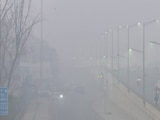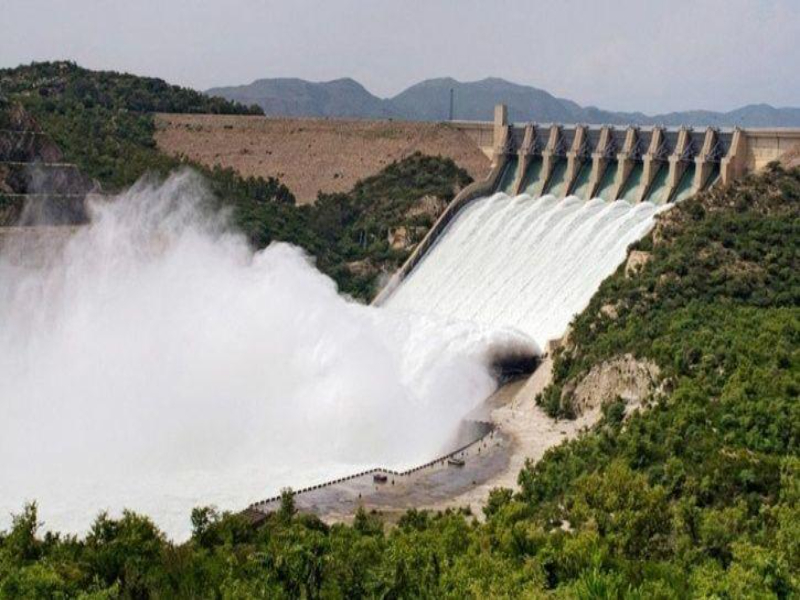Large-scale devastation was brought on by the magnitude 7.8 and 7.5 earthquakes that hit Syria and Turkey on February 6. The confirmed death toll from the deadly quake stands at more than 23,700. Now, the researchers from the UK's Centre for the Observation and Modelling of Earthquakes, Volcanoes and Tectonics (COMET) discovered the ruptures on land caused by the tremors by comparing images taken by the European Earth-observing satellite Sentinel-1 before and after the devastating earthquakes.
The longer of the two ruptures stretches 300 kilometres (190 miles) northeast from the Mediterranean Sea's northeastern tip. The first of two large tremors shook the region at 4:17 am local time on Monday. According to a tweet from COMET on Friday, the second crack, measuring 125 kilometers (80 miles) long, opened almost nine hours later during the second earthquake. The striking length of these two fissures is evidence of the large quantity of energy that the earthquakes released.
Tim Wright, who leads the COMET team told Space.com, "The bigger the earthquake, the bigger the fault and the more it slips. This earthquake fault is one of the longest on record on the continents. Also very unusual to have two such large earthquakes happening within a few hours of each other."
Also Read: Turkey-Syria Earthquake: Teenager Drank Urine To Survive Under Debris For 94 Hours
It is further stated that the tectonic plate movement that caused the earthquakes was of a magnitude that the surface cracks, which often run right through communities and buildings, are plainly visible. Many people took to Twitter to confirm the surface cracks, as what was seen from space.
The data behind was collected early on Friday morning by the Sentinel-1 satellite as it travelled north to south over Turkey at a height of 700 kilometers (435 miles). The satellite can detect the ground at any time of day or night and frequently scans the area of the planet that is prone to earthquakes. It also monitors the frequently minute variations in elevation at the Earth's surface.















